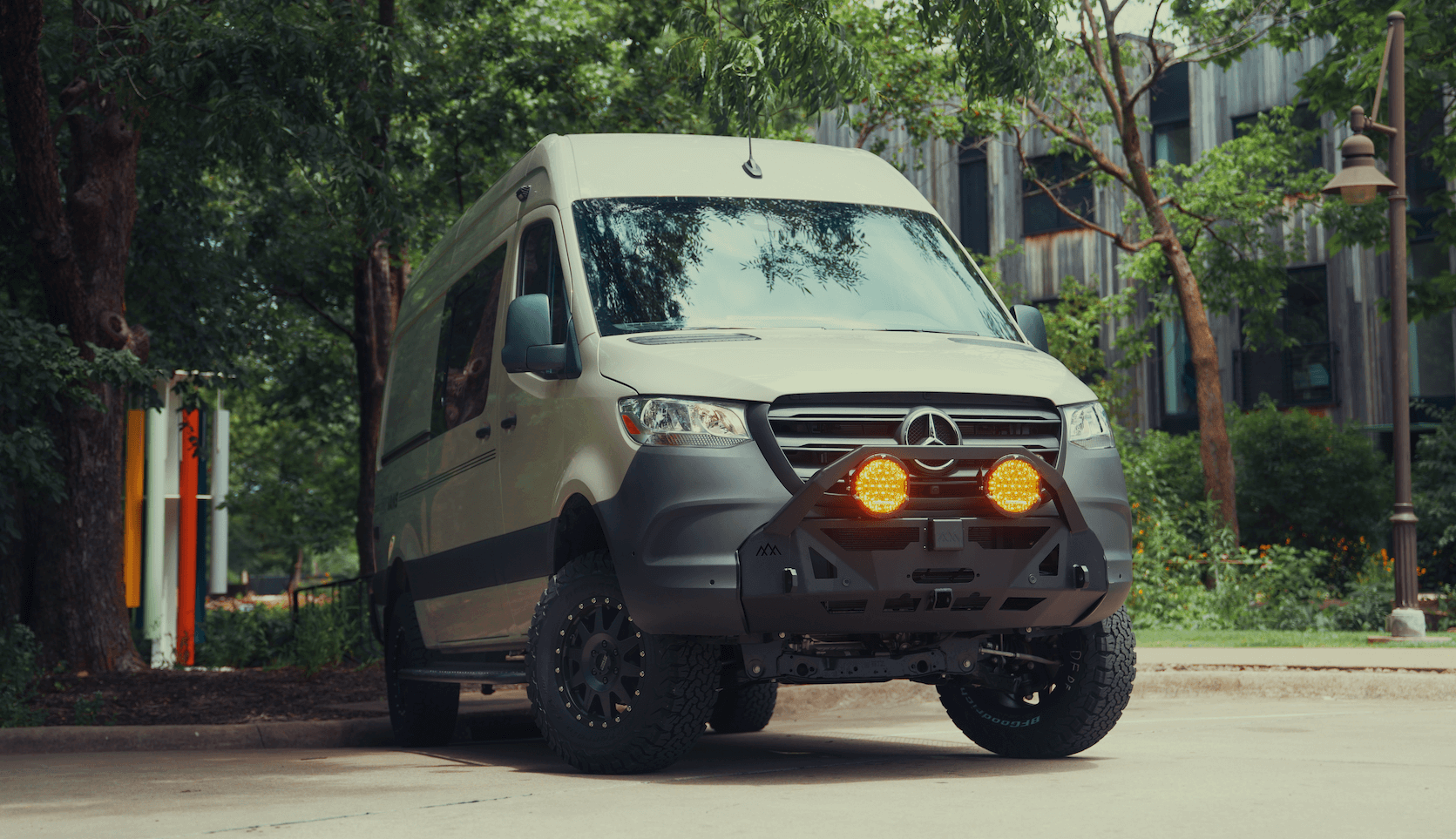Recreational Vans

A transfer switch in a van is the traffic controller for AC power. It chooses which source feeds your outlets and appliances, then keeps every other source safely isolated. Done right, it prevents backfeeding, protects equipment, and lets you move from shore power to inverter or generator without drama.
A transfer switch routes one selected input to a single output that feeds your breaker panel or inverter pass through. Common inputs include campground shore power, a portable generator, or an onboard inverter. The switch keeps sources from touching each other, which prevents dangerous voltage conflicts.
You will see two broad styles:
Typical van layouts include:
Transfer time matters. Many appliances ride through a one second blip without issue, while sensitive electronics prefer faster switching and clean sine waves. Quality inverters and ATS devices keep switching smooth.
Match the transfer switch rating to the upstream breaker and cable size. Common shore power for vans is 30 amp at 120 volt, so a 30 amp rated ATS with 10 gauge conductors is typical. Downstream branch circuits usually run 15 or 20 amp breakers with 14 or 12 gauge wire.
Neutral and ground management is critical. In most van systems, the neutral is not bonded to ground inside the vehicle. Neutral to ground bonding occurs at the power source, such as the campground pedestal or a generator with a bonded neutral. Your inverter documentation will call out its bonding behavior and whether it switches the neutral. Many ATS models switch both hot and neutral to avoid parallel neutral paths that trip GFCI pedestals.
Build in protection:
Ventilation and access also matter. Transfer switches and inverters need cool air and clear service space. Keep low voltage control wires apart from AC conductors to reduce noise and confusion during service.
Choose a dry, serviceable location near the AC panel to limit wire runs and voltage drop. Label every conductor at both ends. Keep the shore inlet, transfer switch, inverter charger, and distribution panel in a tidy sequence so the power path is obvious.
Before energizing, verify polarity and continuity with a multimeter. Confirm that the neutral is isolated from ground in the vehicle, that grounds are bonded to the chassis at one clean point, and that each breaker feeds the intended circuit. With shore power connected, check transfer. Then remove shore power and confirm the inverter or generator takes over. Watch for lights flicker, relay chatter, and heat under load.
Ongoing checks are simple:
If an ATS hums loudly, gets hot, or trips unexpectedly under modest loads, stop and investigate. Look for loose neutral, oversized loads on startup, or miswired grounds that upset GFCI pedestals. Many issues trace back to a single loose connection or an undersized cable on a big appliance.
When you want shore power, inverter output, and maybe a quiet generator to work as one clean system, a well planned transfer strategy is the heart of your AC design. Smart source priority, proper neutral switching, and clear labeling are what keep the cabin quiet and the food cold.
OZK Customs designs and installs complete van electrical systems that include safe, serviceable transfer solutions. For an overview of our builds, explore Recreational vans. If you want a start to finish project with matched power, storage, heat, and cooling, see Custom build van. If you prefer a finance friendly base platform with an electrical package already mapped, view Mainstream vans.
We install, test, and hand off each rig at our Fayetteville location, with a walkthrough that shows you how to operate every switch and shore connection with confidence.
Tell us your appliance list, campsite habits, and charging goals. We will size the transfer switch, choose the right inverter charger path, and deliver a clean, labeled system that just works. Submit the form to start your custom electrical plan and quote.
Ready to trust your van’s power to a pro team that designs and installs clean, safe transfer switch systems every day? Tell us how you travel, and OZK Customs will engineer a setup that fits your loads, your charging plan, and your future upgrades. Submit the form to start your custom electrical plan and get a quote.
ADDRESS:
6159 E Huntsville Rd, Fayetteville, AR 72701
PHONE:
(479) 326-9200
EMAIL:
info@ozkvans.com